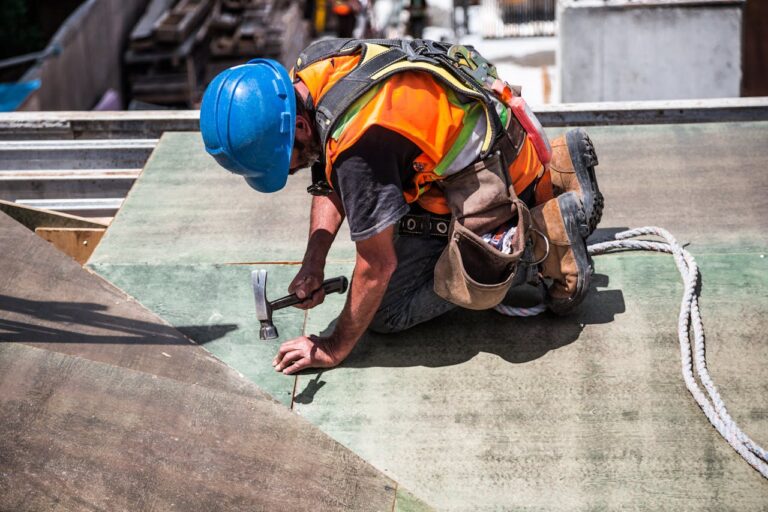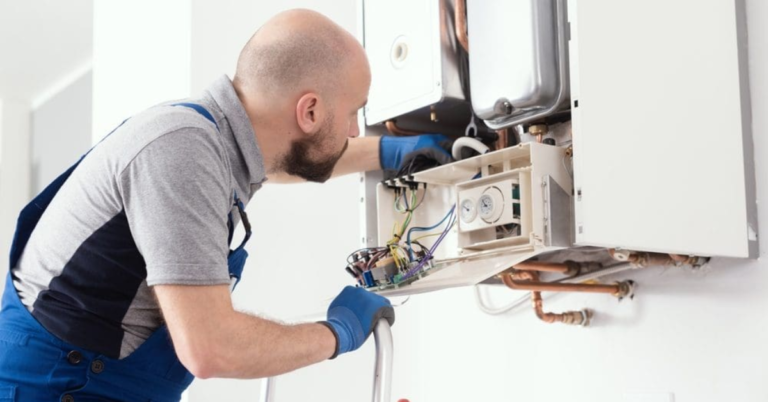Future-Proofing Your Home: Choosing Sustainable Insulation for Long-Term Savings
In today’s world, finding ways to make homes more energy-efficient and environmentally friendly is crucial. One practical approach is to use sustainable insulation materials. Among the latest innovations is insulation fabric that offers exceptional thermal performance while being eco-friendly. Utilizing such materials can significantly benefit both the environment and your wallet.
Switching to sustainable insulation helps reduce energy costs and carbon footprints. It supports a healthier environment and enhances the comfort and efficiency of our living spaces. Sustainable insulation materials are designed to be long-lasting and effective, which contributes to reduced waste and lower environmental impact. But what exactly are the benefits of sustainable insulation? To understand this, let’s delve deeper into various aspects, ranging from types and advantages to real-life applications and emerging technologies.
Key Takeaways:
- Discover the environmental and economic advantages of sustainable insulation.
- Learn about the latest technologies in eco-friendly insulation.
- Understand how sustainable insulation improves energy efficiency and indoor comfort.
Introduction to Sustainable Insulation
Sustainable insulation refers to materials used in construction and renovation that offer thermal benefits while minimizing environmental impact. Unlike traditional insulation options made from non-renewable resources, sustainable alternatives are often made from recycled or renewable resources. These materials provide effective temperature regulation, reducing energy consumption for heating and cooling. In essence, they help create more energy-efficient and environmentally responsible buildings.
Types of Sustainable Insulation Materials
There are several sustainable insulation materials, each with unique properties suited for various applications. Some of the most popular options include:
- Cellulose Insulation: This fire-resistant insulation is made from recycled paper materials and has superior thermal efficiency. It’s a cost-effective option with high recycled content, usually around 85%.
- Wool Insulation: Derived from sheep wool, this natural material is biodegradable and offers superior sound insulation. Moreover, wool can absorb and release moisture, which helps regulate indoor humidity levels.
- Hemp Insulation: Made from hemp fibers, hemp insulation is a renewable resource resistant to mold and pests. It’s also highly breathable, which contributes to a healthier indoor environment.
- Cotton Insulation: Utilizes recycled cotton textiles, often from denim jeans, providing a soft and safe insulation material. It’s easy to handle and install, making it a popular choice for DIY projects.
Latest Technologies in Sustainable Insulation
Technological breakthroughs have resulted in the developing of more sustainable and effective insulating materials. For example, Thermolite Ecomade Insulation uses recycled plastic bottles to create high-performance insulation fabric. These innovations address waste management issues and enhance the insulation’s thermal properties, improving building energy efficiency. P producers are constantly investigating and creating new materials and techniques to increase the longevity and efficiency of insulation. This ongoing innovation ensures that sustainable insulation will remain at the forefront of eco-friendly building practices.
Advantages of Sustainable Insulation
Economic Benefits
One of the critical advantages of sustainable insulation is its economic benefit. Sustainable insulation significantly reduces energy bills by improving the thermal efficiency of buildings. Homeowners can expect substantial savings in their heating and cooling costs over time. Many governments provide tax breaks and reimbursements for using environmentally friendly insulating products to reduce expenses further. The initial investment in sustainable insulation is often recouped within a few years, making it a financially savvy choice for long-term savings.
Environmental Impact
Sustainable insulation materials have a lower environmental impact compared to traditional options. They often use recycled materials or renewable resources, reducing the need for new raw materials and lowering greenhouse gas emissions. Moreover, these materials have a longer lifespan and better performance, meaning less frequent replacements and reduced waste. These benefits contribute to a healthier planet by promoting sustainable building practices and reducing reliance on non-renewable resources.
How Sustainable Insulation Enhances Energy Efficiency
Insulation plays a crucial role in building energy efficiency. It helps maintain a steady indoor temperature by minimizing the passage of heat between the inside and outdoors, using less energy to heat or cool the area. Proper insulation may lower energy usage by up to 20%. Sustainable insulation materials significantly contribute to these energy savings with their excellent thermal properties. They help create a more comfortable living environment by reducing drafts and cold spots, leading to a more consistent indoor climate.
Real-Life Applications of Sustainable Insulation
Sustainable insulation is being used in various real-life applications. These materials are effective in numerous settings, from residential homes to commercial buildings. For example, many green building projects worldwide now incorporate sustainable insulation to achieve higher energy efficiency ratings and comply with environmental standards. These initiatives frequently demonstrate the advantages of environmentally friendly insulation, including better indoor air quality and lower energy expenses. Sustainable insulation is increasingly becoming routine when upgrading older buildings to satisfy current energy efficiency requirements, demonstrating its versatility and importance in the movement toward greener construction.
Challenges and Considerations
While sustainable insulation offers many benefits, there are still challenges to consider. One challenge is the higher upfront cost of some eco-friendly materials. However, long-term energy savings and government incentives often offset these costs. Additionally, selecting the appropriate type of insulation for the specific climate and building requirements is essential. For instance, while wool insulation is excellent for regions with high humidity, cellulose might be a better choice in higher climates. Professional advice can guarantee the finest decisions for maximum efficiency and economy. It’s also essential to consider factors such as installation methods and potential compatibility with existing building materials.
Conclusion
Sustainable insulation provides numerous benefits, from economic savings to environmental protection and enhanced indoor comfort. As technology progresses, the options for eco-friendly materials continue to expand, offering better performance and greater accessibility. Witching to sustainable insulation is a step towards creating a more sustainable and energy-efficient future. By choosing materials that are both effective and environmentally responsible, homeowners and builders can significantly impact energy consumption, carbon footprints, and overall quality of life. Whether building a new home or retrofitting an existing structure, sustainable insulation is an innovative and sustainable choice for modern living.
Keep an eye for more news & updates on Verifiedzine.com






